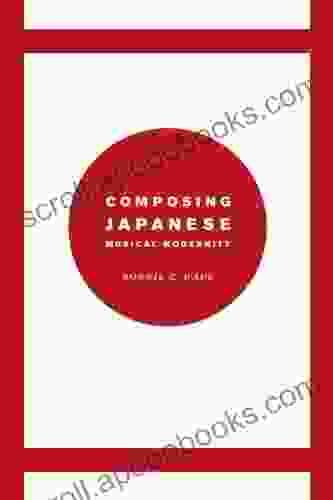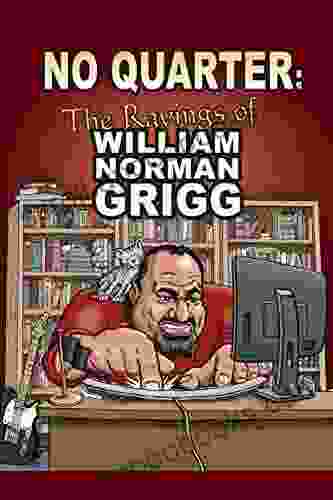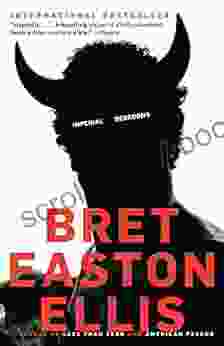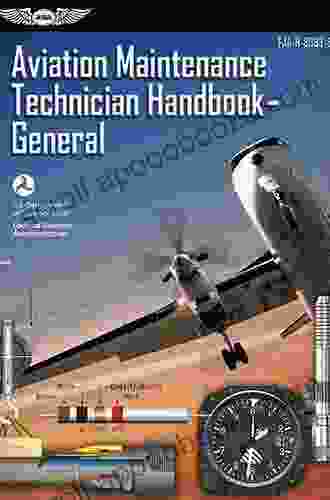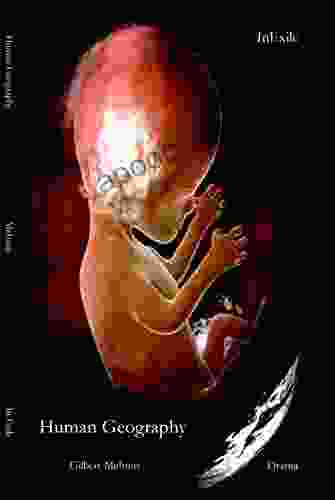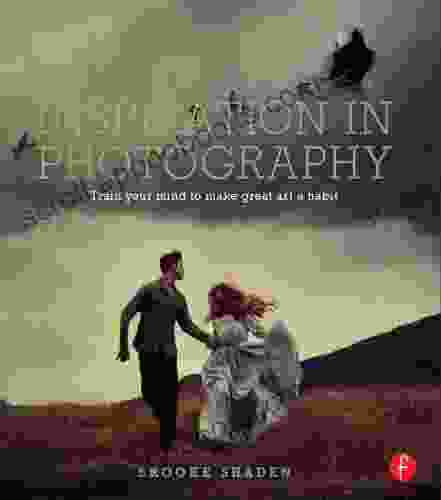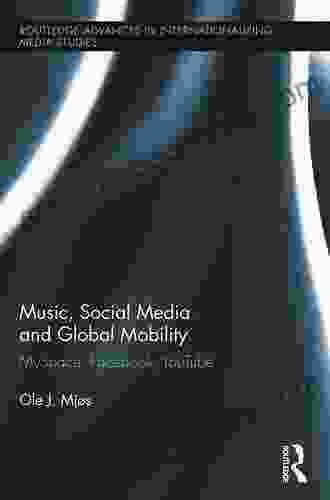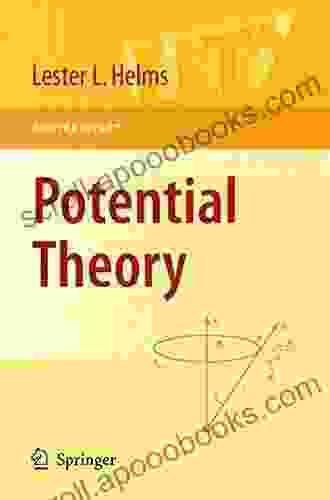In the realm of music, Japan stands as a captivating tapestry interwoven with ancient traditions and modern innovations. The book "Composing Japanese Musical Modernity," a groundbreaking work in the Chicago Studies in Ethnomusicology series, delves into this fascinating musical landscape, unraveling the intricate processes that have shaped Japanese musical modernity over the past century.
This comprehensive volume brings together a diverse team of scholars to explore the ways in which Japanese composers have embraced, reinterpreted, and challenged Western influences while simultaneously preserving the deep-rooted aesthetics of their own culture. Through a series of case studies, the book elucidates the dynamic interplay between tradition and innovation that defines Japanese musical modernity.
5 out of 5
| Language | : | English |
| File size | : | 1292 KB |
| Text-to-Speech | : | Enabled |
| Enhanced typesetting | : | Enabled |
| Word Wise | : | Enabled |
| Print length | : | 283 pages |
| Lending | : | Enabled |
| Screen Reader | : | Supported |
The Influence of Western Music
The Meiji Restoration of 1868 marked a watershed moment in Japanese history, as the country embarked on a path of rapid modernization. Western music, with its harmonic complexity and dynamic orchestrations, swiftly gained popularity among the Japanese elite. Composers such as Kosaku Yamada and Rentaro Taki absorbed Western techniques, incorporating them into their own compositions.
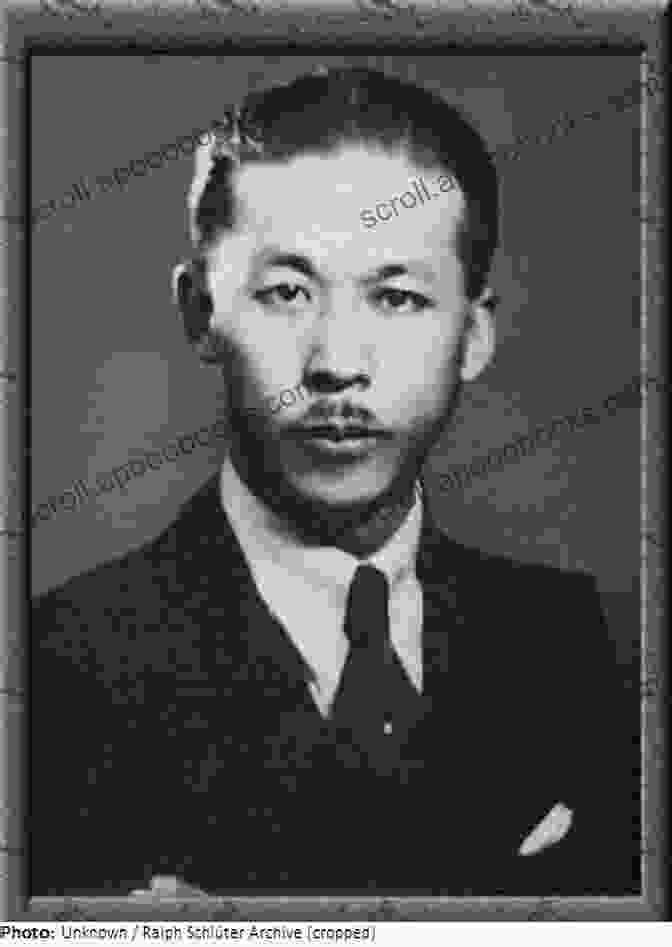
However, Japanese composers were not mere imitators. They skillfully adapted Western elements to suit their own cultural sensibilities. For example, Yamada's "Sakura Waltz" combines the Western waltz form with the nostalgic melody of the traditional Japanese folk song "Sakura." This fusion created a uniquely Japanese hybrid that resonated deeply with audiences.
The Preservation of Tradition
While Western music exerted a significant influence on Japanese composers, they also remained deeply rooted in their own cultural heritage. The book highlights how composers such as Toru Takemitsu and Joji Yuasa drew inspiration from traditional Japanese forms, such as gagaku and Kabuki theater.
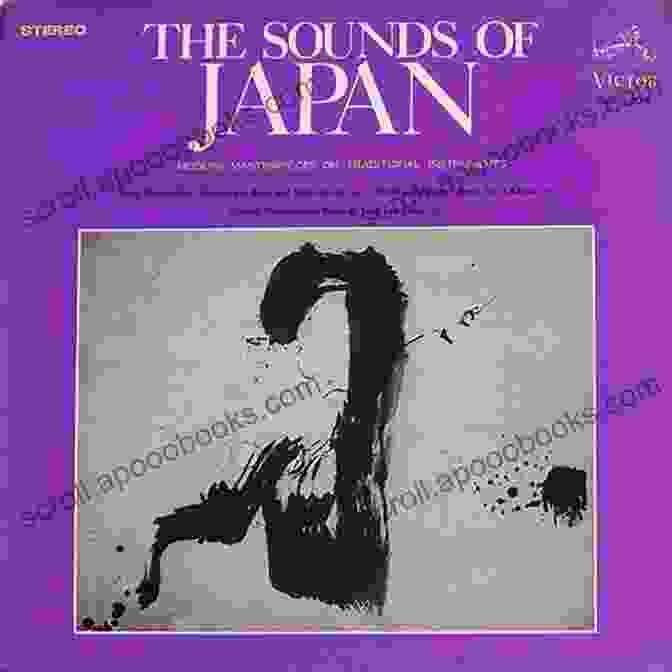
Takemitsu's "November Steps" evokes the ethereal atmosphere of a Japanese garden, employing pentatonic scales and sparse textures. Yuasa's "En-So" captures the fluidity of Zen calligraphy, using unconventional rhythms and instrumental techniques to create a mesmerizing sonic experience.
The Rise of Electronic Music
In the postwar era, Japanese composers embraced electronic music as a means of further exploring the possibilities of sound. Pioneers such as Toshiro Mayuzumi and Issei Miyake experimented with tape loops, synthesizers, and other electronic devices to create otherworldly soundscapes.
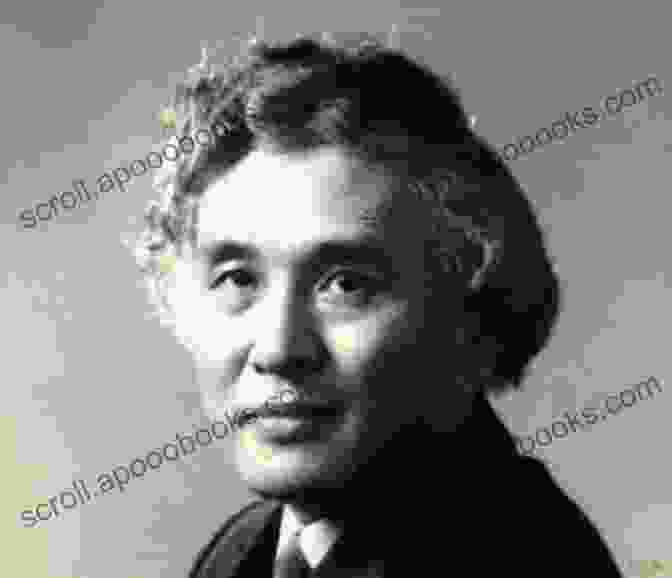
Mayuzumi's "Music for Tape RecFree Download" juxtaposes concrete sounds with electronic manipulations, blurring the lines between reality and abstraction. Miyake's "Sankai" employs synthesizers to evoke the vastness and mystery of the Japanese countryside.
"Composing Japanese Musical Modernity" offers an unparalleled insight into the complex and fascinating evolution of Japanese musical modernity. Through detailed case studies and insightful analysis, the book reveals the multifaceted ways in which Japanese composers have navigated the interplay between tradition and innovation.
The book is an essential resource for scholars, musicians, and anyone interested in understanding the rich and vibrant musical culture of Japan. It is a testament to the creativity, ingenuity, and cultural sensitivity of Japanese composers and will undoubtedly continue to inspire generations to come.



